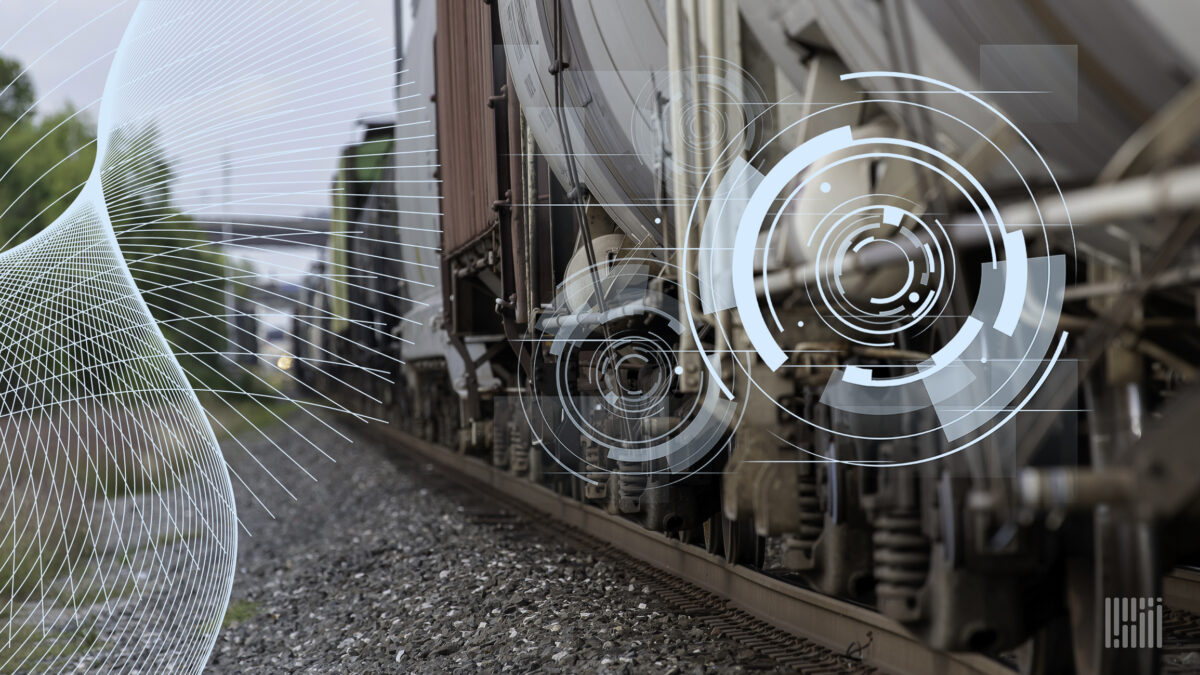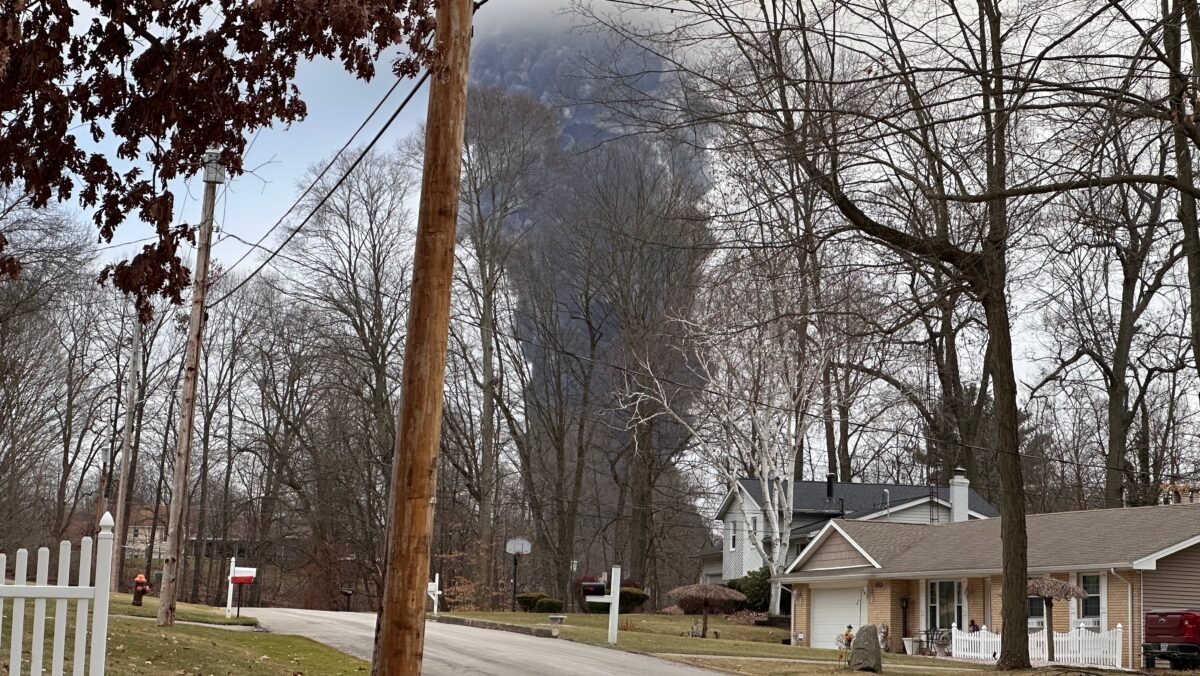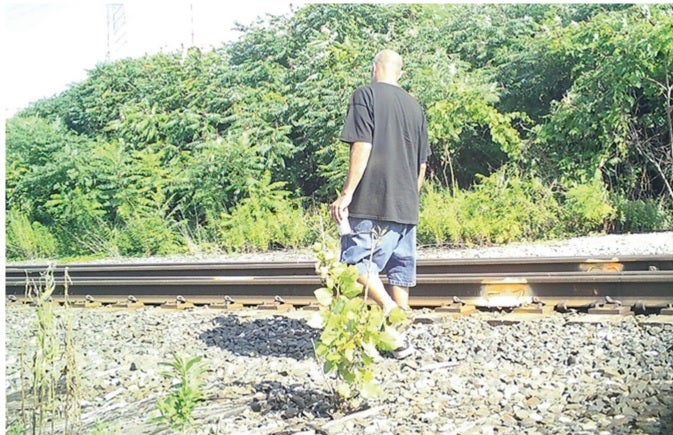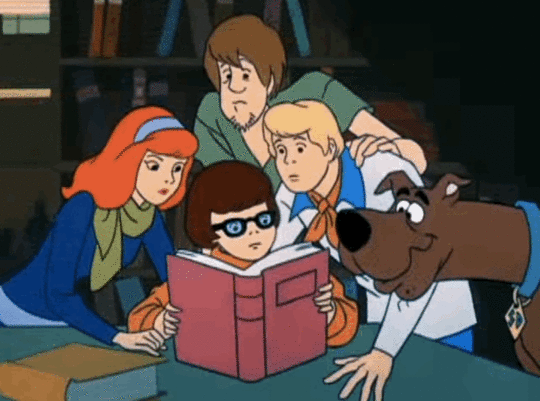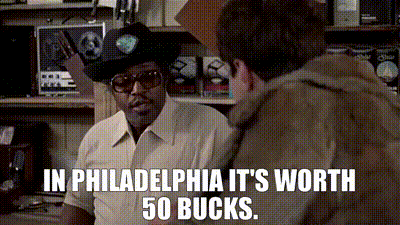Union Pacific Fired Him Rather Than Heed His Warnings of Dangerous Rail Conditions
AS HE WALKED ALONG THE SPONGY, damp Louisiana marshland, scrutinizing tracks owned by one of the nation’s largest freight railroad companies, Robert Faaborg was not happy. The strips of wood that held the rails in place, called ties, were rotten. The screws that held them together were rusted. It was the sort of decay that could cause 18,000-ton trains to derail.
That evening in January 2014, the government inspector fired off an email to the two Union Pacific managers who had accompanied him on the ground. He wanted them to picture the death and destruction that could unfold if tanker cars filled with highly flammable Bakken crude oil teetered off the rickety tracks and careened toward nearby homes.
“I was a little surprised that a KEY route with such high volumes of hazardous materials had tie conditions like this,” Faaborg wrote. He asked them to think about the neighboring families they saw that day. “I was struck by a little girl’s voice calling out, ‘Daddy,’” the inspector wrote. “The family of that little girl is counting on us to keep her and them safe.”
More:
Time and again, Johnny Taylor’s duty to keep the rails safe from disaster conflicted with his employer’s desire to keep its trains running as fast and as frequently as possible, putting his career and family in peril.

www.propublica.org
Far be it from me to defend the Useless Pathetic. It was a crony outfit right from inception; and while they were able to pretend to be a responsible, efficient business in the mid-20th Century, they're going back to their roots.
With a lot of company. Norfolk Southern is BlackRock; and BNSF is BUFFET.
That said...false-populist agitators are constantly trying to outrage the public on the "deficiencies" and "dangers" of railroads, as long as I've been alive and longer. Everyone wants to be the next Upton Sinclair or Ralph Nader.
Yeah, if a train comes off the rail, a lot of death and destruction can happen. And yes, there's often homes close to tracks. FWIW, that's recklessness on the part of builders. Zoning laws could prohibit it, but what would be done with all that empty land? You're not going to put industrial sites in suburban villages.
Often times, as an area was built up, those homes were sold for less than in other parts. I remember in Ohio, where I grew up...Lakewood and Bay Village had homes built up almost up against the railroad property. Those weren't fancy homes; you had to go a couple blocks away to find more-typical homes; but it gave buyers with tighter budgets the chance to live and raise a family in safe cities with good schools.
And only once do I remember a derailment on those tracks, even though at the time, 1970-ish, trains ran 60 mph through there. After a pedestrian was killed, the cities, backed by the state, imposed a 25-mph speed through there...and, surprise, surprise!...traffic trickled to nearly nothing, as the newly-created Norfolk Southern with half of Conrail added, just ran trains where they could go faster. About a dozen industries that way had to switch to trucks. Moar interstate and surface truck traffic.
Okay. One punky rail tie, does not mean the roadbed is unsafe. Ties have scheduled replacement times, or at least regular inspection. Most times, some rotted ties are replaced, as needed, in a major, but short-duration, procedure...roadbed is closed for a couple of days while the old ties are pulled out, new ones inserted by machine, under the rail, and then spiked in and snugged up.
Concrete ties? That was the miracle that was going to lead to a low-maintenance roadbed. Didn't work. Have you ever noticed on railroad tracks, how the rail dips with each axle passing over a spot? Like the rail was fluid, like it wasn't properly tamped in. The ties actually compress with the weight.
And it's not a problem - in fact it's essential. Rail, laid in conventional manner on wooden ties, on straight track, can last a century. Really!...rail is cast with date codes, for later repair people to identify the age, the batch, the source. It's commonplace to find 1920s rail still in place, often even welded into modern continuous-welded track.
But with concrete ties, that have no give...the metal in rail crystallizes and fatigues. Rail on concrete sleepers lasts about five years. And replacing a welded ribbon of rail, is MUCH more involved than replacing ties or even refurbishing the roadbed.
Bottom line is, I don't know who to believe. Union Pacific is part of an industry with a credibility problem. Pro Publica is part of an industry with NO credibility, and has been part of the Agitator-Activist wing of that destructive business.
I wouldn't panic. FAR more dangerous than roadbeds, are the new trends of radio-controlled rear "distributed power" combined with incredibly-long trains...three miles and more. We saw how that works in an emergency situation in East Palestine, and we keep on seeing it.

